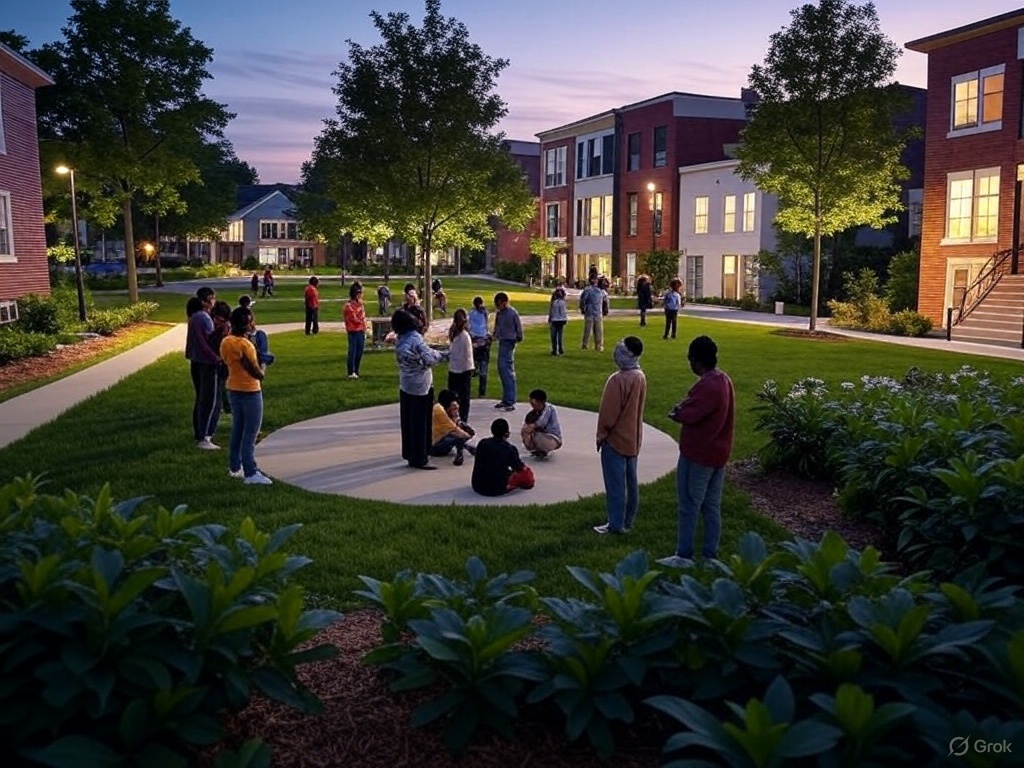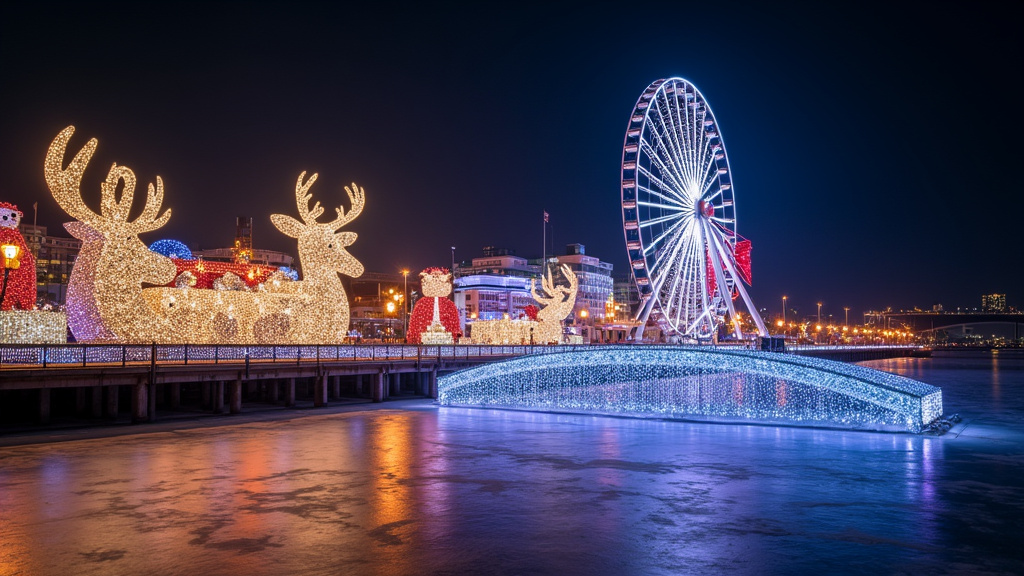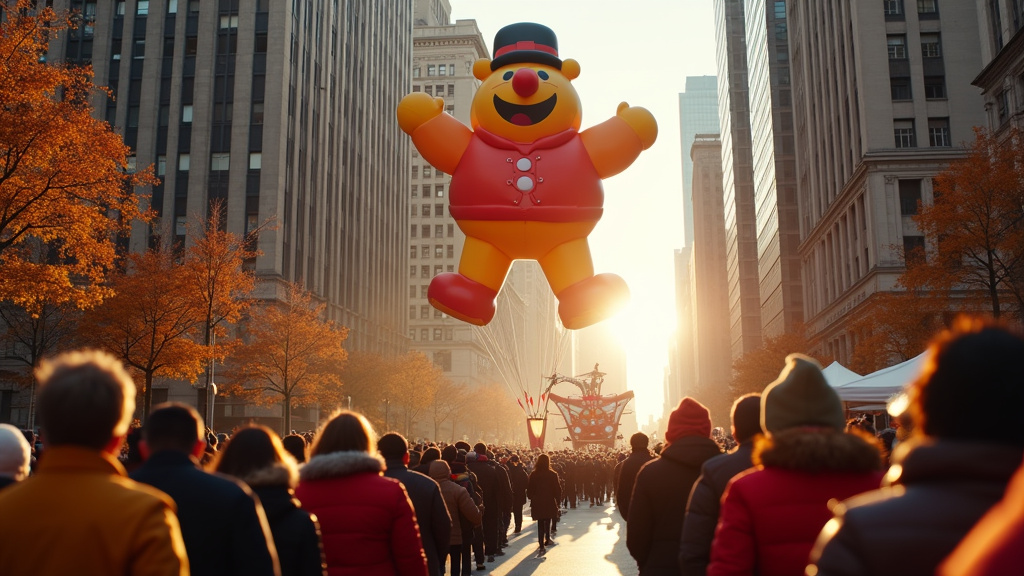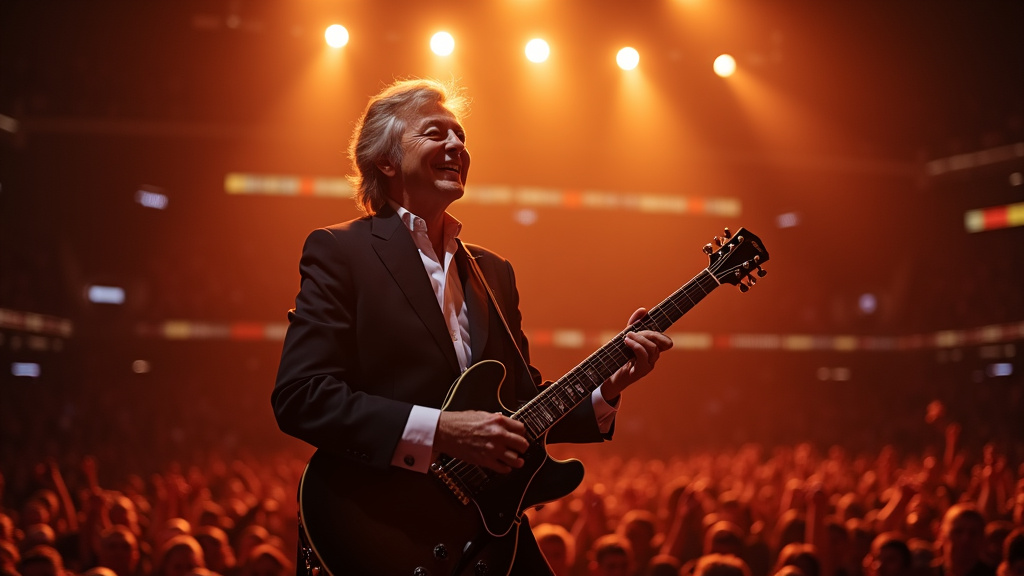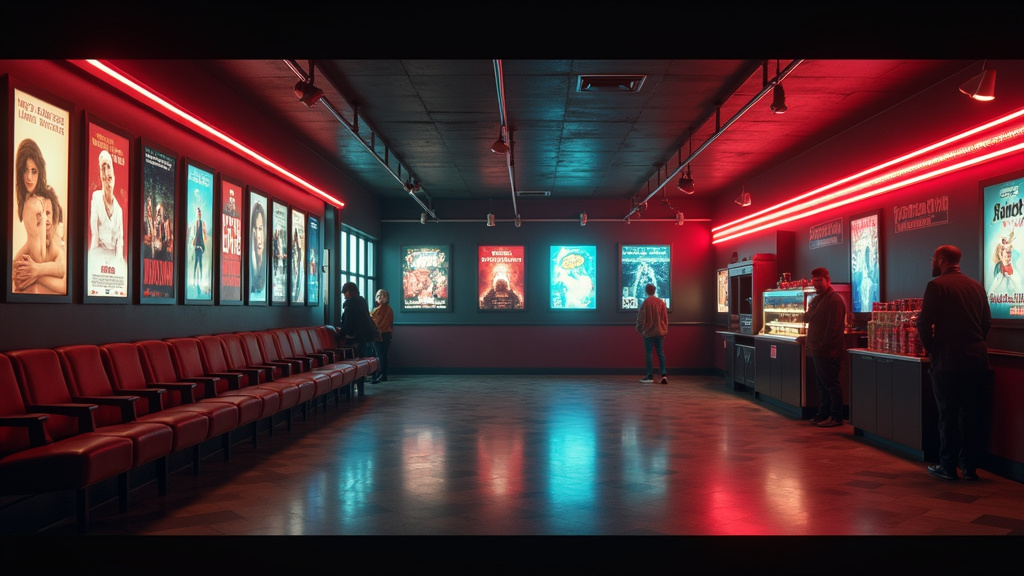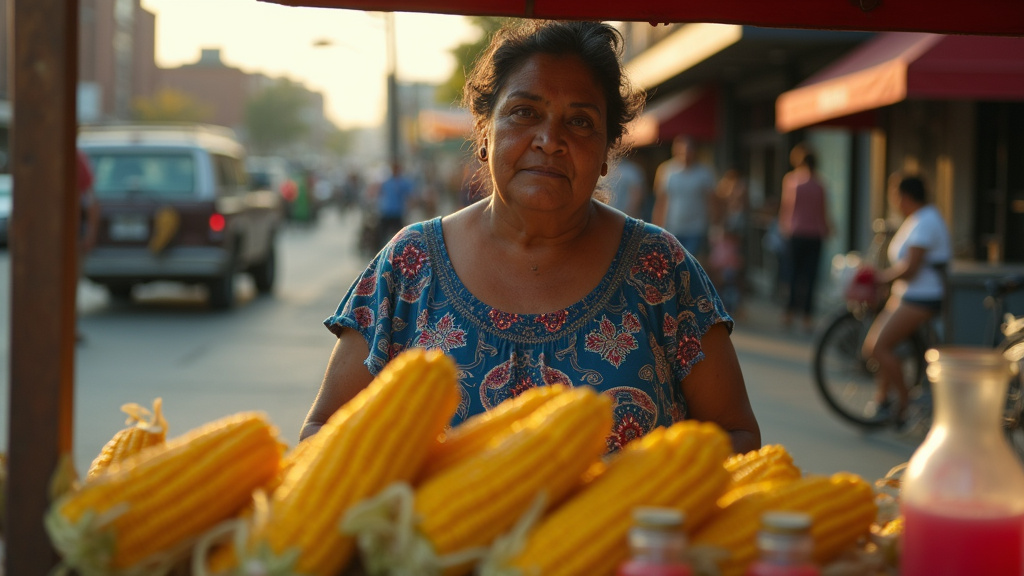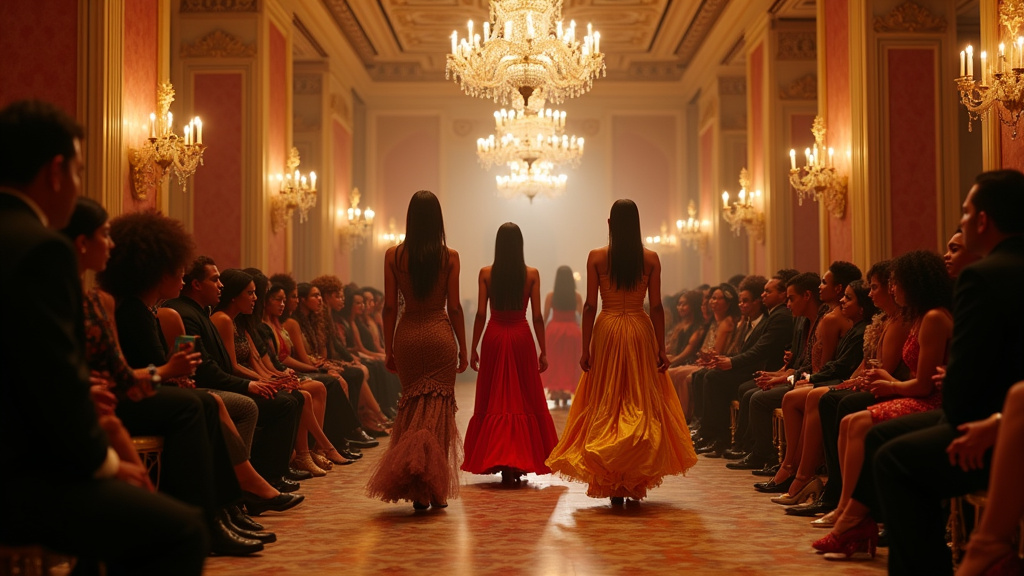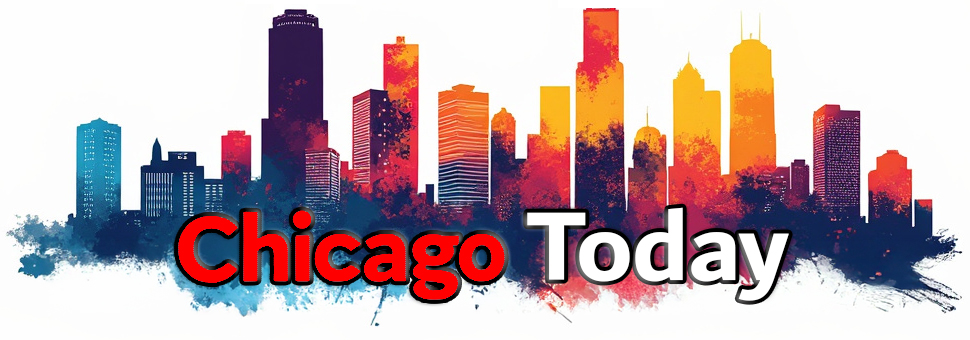Chicago’s Bronzeville neighborhood has long held a cherished place in the city’s tapestry—a cradle of Black arts, business, and activism during the early 20th century. Today, after decades of disinvestment and struggle, Bronzeville is experiencing a renaissance that melds respect for its storied past with bold, 21st-century ambitions. From restored landmark buildings to new small-business storefronts, Bronzeville’s revival is telling a larger story about urban resilience, community agency, and the power of culture to drive economic renewal.
A Legacy Built on Culture and Commerce
Bronzeville earned its nickname as the “Black Metropolis” during the Great Migration, when African Americans journeyed north in search of opportunity. Jazz luminaries like Louis Armstrong and Nat King Cole graced its clubs; Black entrepreneurs built banks, newspapers, and theaters; and activists organized around civil-rights causes. Yet by the 1970s, systemic racism, redlining, and economic shifts hollowed out the neighborhood. Abandoned historic theaters stood as silent witnesses to a thriving past.
Laying the Groundwork: Historic Preservation Meets Innovation
The first wave of revitalization began in the early 2000s with landmark restoration efforts. The Chicago Housing Authority partnered with private developers to renovate the Harold Ickes Homes into mixed-income residences. The Arts & Letters Club at 364 E. 47th Street reopened as a performance space, hosting poetry slams, jazz nights, and gallery exhibitions. These projects preserved Bronzeville’s architectural soul while making room for new residents and enterprises.
But preservation alone wasn’t enough. Community groups like the Bronzeville Advisory Council pushed for inclusive planning, insisting that long-time residents share in the neighborhood’s prosperity. Their advocacy led to a “Community Benefits Agreement” requiring developers to hire locally and provide affordable housing units alongside market-rate condos. The result? A delicate balance between honoring Bronzeville’s legacy and welcoming fresh energy.
Small Businesses Fueling a Grassroots Boom
Stroll down 47th Street today and you’ll find a mosaic of storefronts that speak to Bronzeville’s evolving identity:
- Harold’s Chicken Shack newly reopened a flagship location with a sister café serving vegan “buffalo wings,” blending tradition with wellness trends.
- Sankofa Books & Art is a Black-owned bookstore and gallery that curates works by local writers and painters; its weekly “Spoken Word Sundays” bring hundreds together.
- Urban Harvest turned a vacant lot into a community farm, providing fresh produce to neighbors while offering gardening workshops for youth.
These enterprises demonstrate how micro-investments can have outsized community impact. By focusing on hyperlocal needs—healthy food, cultural space, youth programs—Bronzeville’s entrepreneurs are knitting a social fabric that uplifts everyone.
Anchors of Progress: Education and Arts Institutions
Major institutions have also anchored Bronzeville’s revival:
- The Bronzeville Children’s Museum, the nation’s only African American children’s museum, opened a sleek new wing last year—complete with interactive exhibits on Black inventors and entrepreneurs.
- Illinois Institute of Technology (IIT) launched partnerships with neighborhood high schools, offering STEM apprenticeships that give students hands-on experience in robotics and sustainable design.
- The Stony Island Arts Bank, once a Chicago Public Library branch, now houses archival collections, hosts public art installations, and functions as a dynamic research space.
These anchors bring foot traffic, create jobs, and cultivate civic pride—critical ingredients for sustaining long-term growth.
Public-Private Partnerships: Infrastructure and Transit
No urban turnaround is possible without investment in the bones of the city. Recognizing this, the city and state allocated over $75 million in the past five years to resurface streets, install LED streetlights, and upgrade the 51st Street Metra station. A new bus rapid-transit (BRT) line on Lake Park Avenue is slated to launch next spring, reducing commute times and improving access to downtown jobs.
Meanwhile, digital infrastructure has also advanced. Through grants administered by the Chicago Connected program, hundreds of Bronzeville families now enjoy free high-speed internet—a lifeline for students, remote workers, and small-business owners who depend on reliable connectivity.
Challenges Ahead: Gentrification and Equity
Despite the optimism, there are growing pains. Rising property values risk pricing out long-time residents. In some blocks, calls for rent stabilization and stronger tenant protections have become urgent. Community advocates worry that without vigilant oversight, Bronzeville could replicate the cycle of displacement seen in neighborhoods like Wicker Park and Logan Square.
To combat this, the Bronzeville Advisory Council is negotiating a second-generation Community Benefits Agreement. Proposed measures include:
- Deed restriction programs that preserve a percentage of homes at below-market rates.
- Small-business incubator spaces at subsidized rents to ensure local entrepreneurs aren’t edged out by big chains.
- Community land trusts enabling residents to collectively steward vacant lots for parks or affordable housing.
Such tools aim to lock in equitable growth so that Bronzeville’s revival remains by—and for—the community that built it.
A Model for Sustainable Urban Renewal
Bronzeville’s story is compelling because it marries cultural pride with pragmatic development. By centering Black history, empowering neighborhood stakeholders, and leveraging both public and private resources, Bronzeville has charted a course that other legacy districts might emulate.
In the shadows of its storied past, Bronzeville shines once more—not as a relic, but as a living laboratory of how cities can renew themselves without erasing their heritage. As new restaurants open, street murals bloom, and children learn history’s heroes in the museum next door, Bronzeville stands as proof that with intentional investment and community leadership, urban renaissance is possible.



